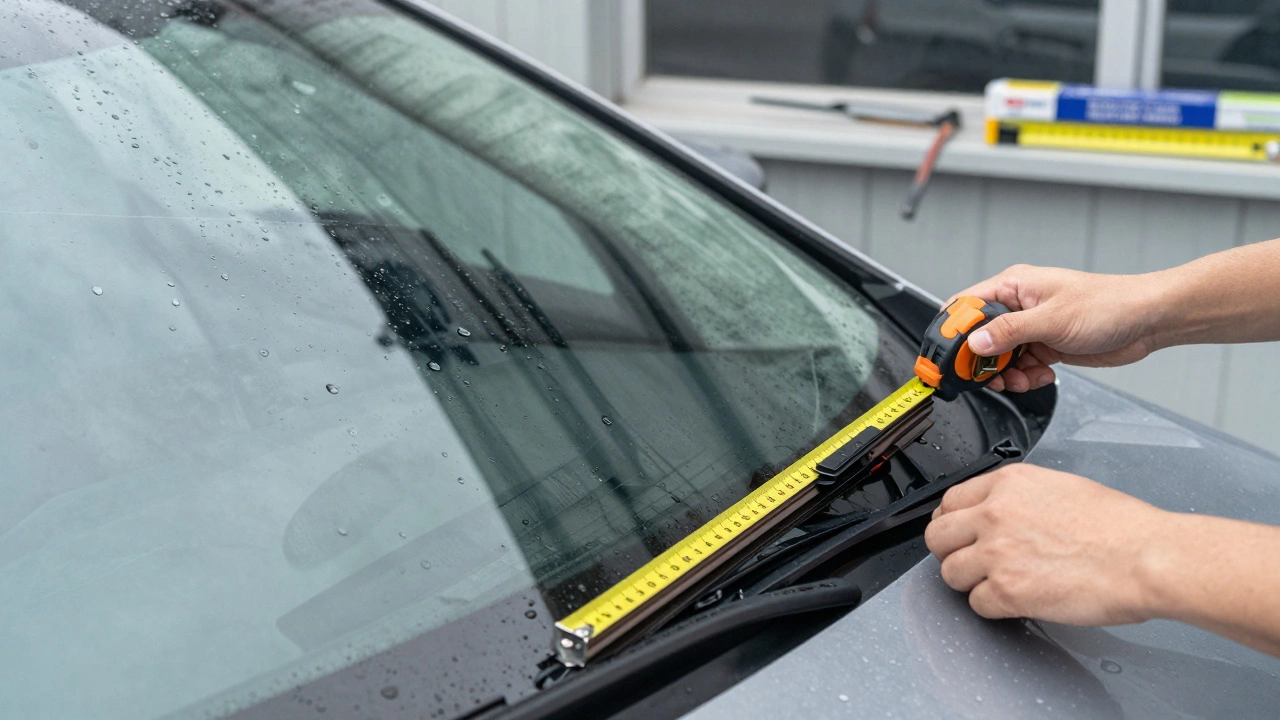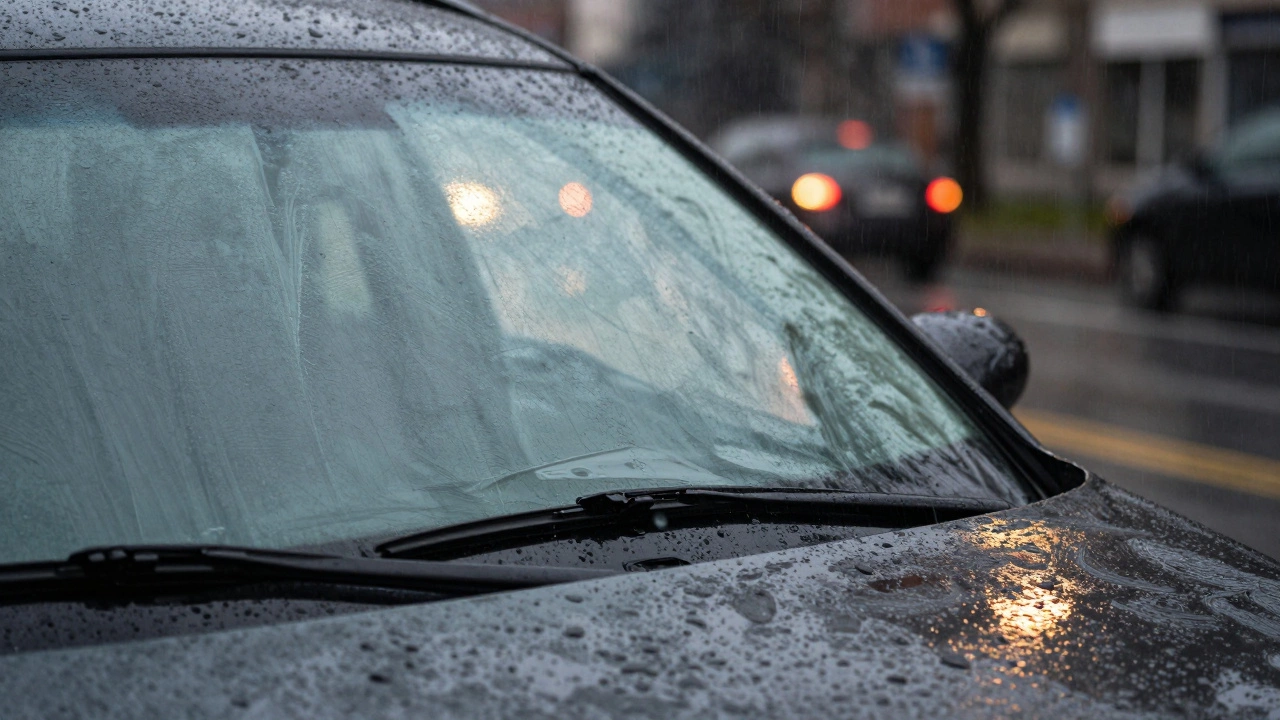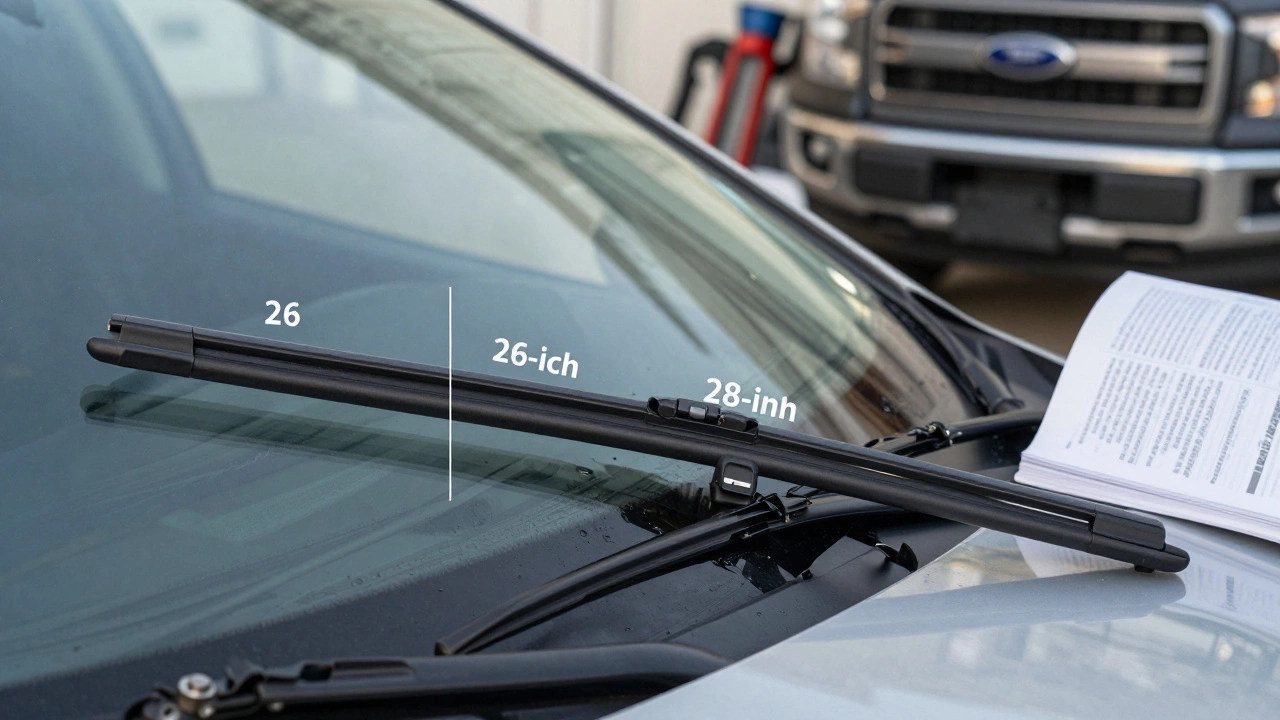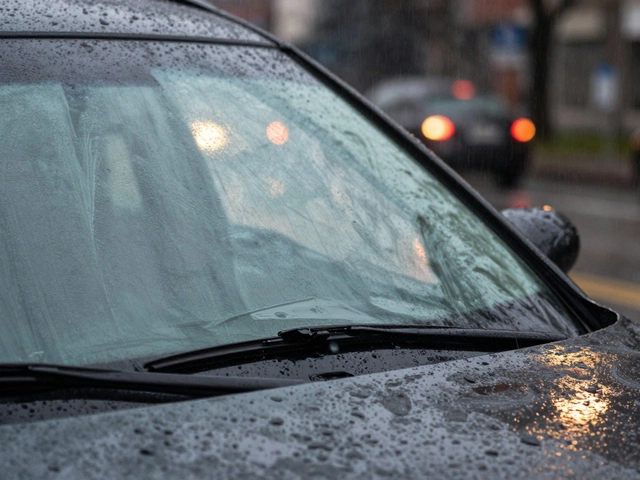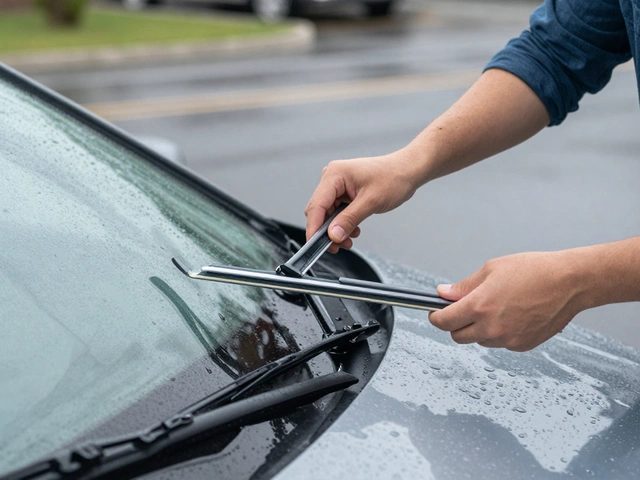Windshield Wipers: How to Choose, Replace, and Keep Them Working Right
When your windshield wipers, rubber blades that clear rain, snow, and dirt from your car’s windshield. Also known as windscreen wipers, they’re one of the simplest parts that make the biggest difference in your safety. If they smear, chatter, or leave streaks, you’re driving blind—especially at night or in heavy rain. Most drivers don’t think about them until they fail, but worn wipers are a silent hazard. They don’t just reduce visibility—they can make you miss a pedestrian, a stop sign, or a sudden lane change.
The right wiper blade size, the exact length of the rubber strip that contacts your windshield matters. Too short and they won’t clear the glass fully. Too long and they’ll overlap or bend, scratching the glass or vibrating wildly. Your car’s make, model, and year determine the correct size, and it’s not always the same for driver and passenger side. Many people guess based on old blades or online charts—and end up with blades that don’t fit right. You can find the right size by checking your owner’s manual, using a wiper size lookup tool, or measuring the old blades directly. Don’t rely on what worked for your last car.
wiper replacement, the process of swapping out old, cracked, or hardened rubber blades isn’t hard, but doing it wrong can damage the wiper arm, the metal arm that presses the blade against the windshield. If you force a blade onto a bent or corroded arm, you’ll get uneven wiping or even break the arm’s connection. Always lift the arm gently, clean the blade contact point with vinegar or isopropyl alcohol, and snap the new blade in securely. Avoid cheap blades that use thin rubber or flimsy frames—they crack in cold weather and melt in summer heat. Look for ones with a sturdy frame and a rubber compound rated for UK weather.
Wipers don’t last forever. Even if they don’t look bad, the rubber hardens after 6 to 12 months, especially with UV exposure and road grime. If you notice streaking, skipping, or a squeak when they move, it’s time. Don’t wait until the next rainstorm to check them. A quick wipe with a damp cloth and a visual inspection every few months saves you from a dangerous surprise. And remember—wipers aren’t just for rain. Snow, ice, dust storms, and even pollen can wear them down faster than you think.
What you’ll find below are real, practical guides from drivers who’ve been there. From how to measure your exact wiper size without guessing, to why some blades last longer than others, to what to do when the arm won’t stay down—this collection cuts through the noise. No fluff. Just what works.
